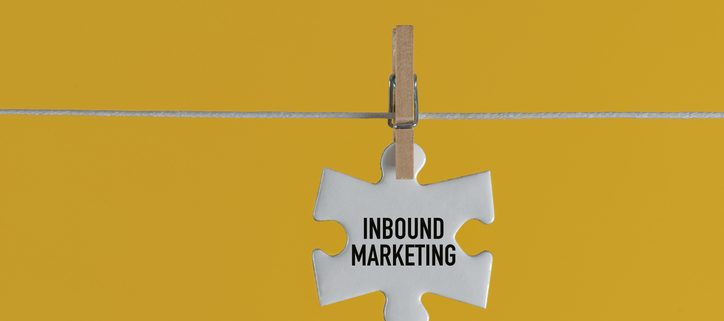
The Benefits of Inbound & Outbound Marketing
There are two main types of marketing: inbound and outbound. Inbound marketing involves positioning yourself to be found by your target audience, providing them with the content they need for self-informed decision-making. Examples include SEO and content marketing. On the other hand, outbound marketing is more traditional, advertising directly to a broad audience through channels like TV commercials, radio ads, and magazine ads instead of waiting to be found.
Many businesses tend to prefer one over the other. However, the most effective way to market to your target audience is to use a combination of both inbound and outbound. To understand why using both is a valuable investment to your business, you’ll need to understand the Benefits of Inbound and Outbound Marketing.
The Benefits of Inbound Marketing
Inbound marketing is a non-invasive advertising approach. In contrast, outbound marketing interrupts the audience’s activities (reading, listening to the radio, watching TV, etc.). One benefit of inbound marketing is avoiding annoyance by not disrupting experiences. It allows potential customers to move through the sales funnel at their own pace without pressure. Providing content for them to read at their convenience helps build brand loyalty, trust, and comfort. Notably, outbound marketing is short-term, while inbound is long-term. The website and content you create continue attracting new leads over time.
8 Important Questions To Ask When Hiring Inbound Marketing Agencies

The Benefits of Outbound Marketing
The biggest benefit to using outbound marketing is that you have the potential to reach a larger audience. This could be an audience who may not be familiar with your brand or the services you have to offer. They may not know that they have a need for your products or services until they see your ad and wouldn’t have known to search for your brand beforehand. It’s also a great way to reach audiences who do know about your brand but who may not have known about new products and services that you’re offering.
Using Inbound and Outbound Marketing Together
Using both forms of marketing provides short-term and long-term results and can complement each other. Here are examples of effective combined use of inbound and outbound marketing:
- Generate traffic via outbound: Consumers have smartphones or tablets even while watching TV. Running a TV commercial (outbound) can encourage viewers to visit your social media page or website (inbound). This applies to various outbound efforts, like putting your site on billboards or magazine ads, prompting in-store customers to follow you on social media, etc.
- Nurture leads before promoting live events: Inbound marketing can inform audiences about your brand and familiarize them with you. Before promoting live events in-store or at a tradeshow (outbound efforts), where they can pick up pamphlets or speak with sales reps in person, nurture leads through inbound efforts. Interested in learning more about lead nurturing? Using Lead Nurturing During the Consideration Stage Of The Buyer’s Journey
Which One Should I Choose?
As per above above-listed benefits of Inbound and Outbound marketing, there’s no reason to limit yourself to either inbound or outbound marketing. There’s no reason to limit yourself to either inbound or outbound marketing. Learning how to use both effectively can be a valuable skill for your business. The answer lies in recognizing the strengths of each and being able to leverage both effectively. Mastering this blend is not just a skill; it’s an important way to maintain a successful and impactful marketing approach.
Conclusion:
While outbound tactics provide quick visibility, the real long-term value lies in building trust and nurturing leads through inbound marketing services. By creating helpful, engaging content that meets audiences where they are, businesses can attract, convert, and retain loyal customers over time.

The landscape of the Internet is ever changing and Nicole has the energy and aptitude to keep Stevens & Tate Marketing out in front of the pack. She leads an enthusiastic team in strategic planning, development, search engine marketing, online promotions and advertising for the web.





